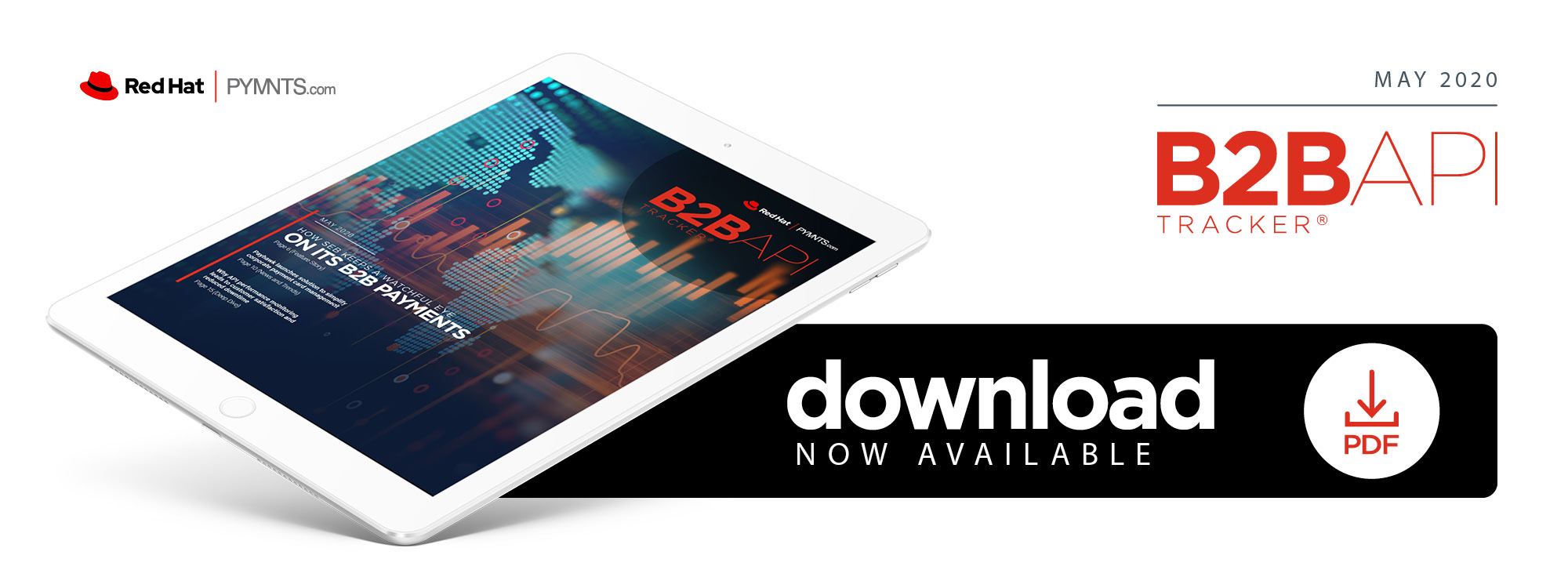Deep Dive: How Banks Can Monitor APIs To Gain Performance Insights

The role application programming interfaces (APIs) play in allowing financial institutions (FIs) and FinTechs to cooperate on banking products without worrying about interoperability between systems is crucial.
A recent survey found that 91 percent of FIs plan to work with FinTechs to improve their banking experiences and that 75 percent of FinTechs plan to work with banks toward the same objective. It is thus no wonder that 78 percent of banks are already leveraging APIs to do so.
APIs are key to FIs looking to offer innovative products and services, but a lack of monitoring can have a detrimental effect on their performance. Monitoring API performance is just as vital as deploying the technology in the first place. Banks must monitor their APIs’ performances to make sure they are functional, accessible and do not suffer from technical issues like downtime. A lack of API monitoring protocols can result in funds wasted on solutions that do not work as intended or deliver what was promised to customers or users.
This month’s Deep Dive examines the benefits of constant API monitoring, the metrics banks and developers should track to measure their products’ successes and why failing to monitor could result in untold damage to companies’ reputations.
Advantages of API monitoring
API monitoring tracks several variables, including performance with customers and technical issues. Performance monitoring attempts to identify and solve issues that might affect customers’ experiences with apps, such as intuitiveness, functionality or features that do not work as intended. A button that is supposed to bring users to their account pages could inadvertently bring them to the preferences menus, for example, leading to frustration and dissatisfaction. Studies have shown that 25 percent of users abandon apps after a single use due to substandard navigation and poor onboarding practices, among other reasons.
Even something as innocuous as slow loading times can drive customers away, but app developers may not even know this problem exists without constant monitoring. Google found that 53 percent of smartphone users abandon webpages after loading times of just three seconds, making speed an important factor that API developers need to monitor and adjust.
Monitoring technical issues is also important to identifying when a website or an app goes offline due to server outages or technical malfunctions. Developers who are not carefully monitoring their banking websites or apps may not notice periods of downtime, but customers attempting to use these products will. Such frustrations could result in permanent abandonment, with one study finding that frequent downtime can lead up to 9 percent of users to abandon a website entirely.
APIs can go offline for a number of reasons, such as planned maintenance or small glitches in a system’s code. These outages can be catastrophic if they come without warning.
A January 2015 failure at social media giant Facebook forced both it and Instagram’s servers to go down for an hour, for example, which also affected apps that harvest Facebook data, like dating app Tinder and instant messaging app HipChat.
An Amazon Web Services (AWS) API malfunction in September 2015 caused a similar shutdown, but lasted five hours and resulted in untold thousands of websites going offline.
Twitter faced its own shutdown in January 2016 when its own API failure saw its website and app go offline for more than an hour.
The damage from these shutdowns is incalculable, resulting in customer frustration, lost business and even users deciding against using services again in the future. The good news is that banks and API developers have learned from these incidents and are placing greater emphasis on API monitoring. Seventy-one percent of development teams perform functional testing, which examines app performance from a user’s perspective, on a regular basis, and 48 percent monitor API performance during production to ensure there are no glitches occurring behind the scenes. They also typically look to a few metrics to determine their APIs’ levels of success.
Monitoring metrics
API managers should monitor three main stages in a banking app’s lifecycle — adoption, engagement and retention — to gauge how their APIs are performing. Each has a number of discrete variables to track but doing so gives developers a more holistic view of API usage.
Adoption tracks how many users access an API for the first time and use it to develop apps. API adoption is broken up into three major parts: pre-integration, in which a user generates an API key or unique identifier for each developer using the API for its apps; sandbox, in which a user begins using the API to develop an app; and production, in which the user develops a fully functioning app and readies it for deployment or sale.
Factors like lengthy onboarding processes, poor documentation or compliance violation risks drive approximately 30 percent of users to stop using APIs between each part, according to recent research. API developers should thus eliminate as many of these risk factors as possible before the API is officially released to encourage more developers to use it.
The second major performance measurement area is engagement, which measures how many users are accessing and using apps developed via a given API. API developers can look at several metrics when measuring engagement, but one of the most reliable and valuable is the number of active API keys accessing it on a weekly basis. This metric is not foolproof, however, as many developers create multiple keys for testing or production purposes that are then counted among actual users.
API analysts should be careful not to fall prey to “vanity” or engagement metrics that look impressive on the surface but contain very little valuable information. A classic example is page views or sign ups, which only measure surface-level engagement with APIs and say nothing about how users are interacting with them. Other vanity metrics, like requests per minute, could actively mislead analysts about API performance as bot traffic can artificially inflate such readings.
The third area of performance is retention, which tracks the rate at which users abandon an API and can mean different things depending on the API’s functionality. A bank-developed B2B payments app would be considered abandoned if a customer stopped using it to process card payments for a designated period of time, for example. It is therefore important that banks and API developers not be startled by retention graphs with downward slopes as every app in existence sees users abandon them for reasons outside of developers’ control. Developers should only be worried if abandonment rates exceed adoption or if there is a spike in abandonment, which may signify a new problem.
These three areas combine to give API developers clear understandings of their apps’ performances and customer reception in the marketplace — and keep users from abandoning them due to excessive load times or offline periods. Making regular improvements is necessary to create the best possible API product but doing so is only feasible if developers are constantly monitoring these tools and know what to fix when they break.

